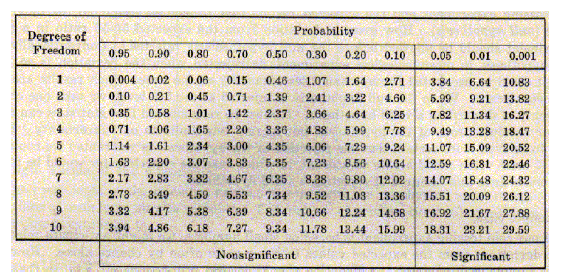Solution-What is the broad sense heritability
Question 1: An undergraduate student is studying a population of bluebonnets. The plants in This population is genetically variable. She counts the seeds produced by 100 plants and measures mean and variance of seed number. The variance was 20. She then chooses one plant, takes cuttings, and grows the samples in the greenhouse, producing many enetically identical plants. She then takes these plants and puts them back in the same environment She took them from and measures seed count. The variance was 5.
A) What is the broad sense heritability of seed count in this population of bluebonnets?
B) What might cause this estimate of heritability to be inaccurate?
Question 2: Three characteristics in beef cattle – body weight, fat content, and tenderness
Are measured, and the following variance components are estimate:
Body weight Fat content Tenderness is given in attached file
A) For each characteristic estimate the narrow—sense heritability.
B) Which characteristic would respond best to selection? Explain your reasoning .
Question 3: Jeffrey Mitton and his colleagues found three genotypes (R2R2, R2R3, and R3R3) at a locus encoding the enzyme peroxidase in ponderosa pine trees growing at
Glacier lake, Colorado. The observed number of these genotypes given in attachment belowL:
a) Calculate the frequencies of the R2 and R3 alleles in this population
b) Calculate the EXPECTED number of each genotype
c) Using the chi- –squared formula x2 = ?[(Observed Expected) 2/Expected]
and this table of critical values:

Is this population of Ponderosa Pines in Hardy—Weinberg equilibrium
Question: 4: – a) Explain the differences between synonymous and nonsynonymous mutations
b) Seedcrackers from Western Africa show a classic case of disruptive selection; where individuals with small bills and individuals with large bills do better than individuals with “medium” bills (see distribution below in attachment).
Download:- Full_attachment.pdf
